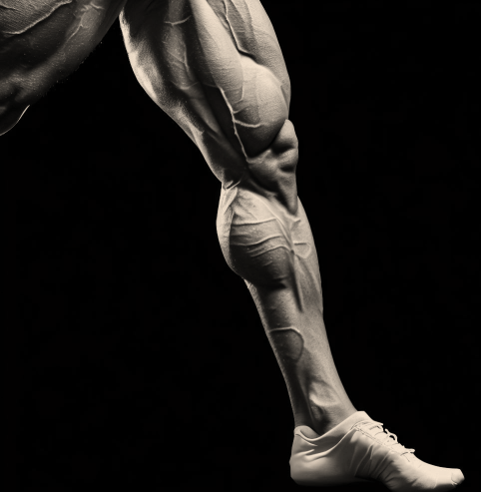Isometric exercises, where the muscle doesn’t noticeably change length and the affected joint doesn’t move, offer unique benefits, especially for the legs. In this article, we’ll delve into the advantages of isometric leg exercises and how they can be incorporated into your fitness routine.
Part 1: Introduction to Isometric Exercises
What are Isometric Exercises?
Isometric exercises involve contracting a muscle or group of muscles without any visible movement in the angle of the joint. This means the muscle is activated, but it’s neither lengthened (as in stretching) nor shortened (as in lifting).
How Do They Differ from Isotonic Exercises?
Isotonic exercises, on the other hand, involve moving the joint and changing the length of the muscle. Examples include squats, bicep curls, and leg presses. While isotonic exercises are more common in workouts, isometric exercises offer unique benefits, especially for those looking to enhance strength without movement or those in rehabilitation.
Part 2: Key Benefits of Isometric Leg Exercises
Isometric leg exercises offer a range of benefits that can complement traditional strength training routines. Here are some of the primary advantages:
- Muscle Strengthening Without Movement
Isometric exercises allow for targeted muscle engagement without the need for joint movement. This can be particularly beneficial for individuals with joint issues or those recovering from injuries. - Injury Prevention and Rehabilitation
By eliminating movement, isometric exercises reduce the strain on joints and ligaments. This makes them an excellent choice for rehabilitation exercises and for strengthening muscles around injury-prone areas. - Improved Muscle Endurance
Holding a muscle contraction for extended periods, as done in isometric exercises, can enhance muscle endurance, making it easier to maintain muscle engagement in other activities. - Enhanced Mind-Muscle Connection
Isometric exercises require focused attention on the contracting muscle, helping to improve the mind-muscle connection, which can enhance performance in other exercises. - Convenience and Versatility
Isometric leg exercises can be done anywhere, anytime, without the need for equipment. Whether you’re at home, in the office, or traveling, you can easily incorporate these exercises into your routine.
Part 3: Examples and How to Perform Them
Isometric leg exercises are both effective and versatile. Here are some popular isometric exercises for the legs and how to perform them:
- Wall Sits
- How to: Stand with your back against a wall. Slide down until your thighs are parallel to the ground, creating a 90-degree angle at the knees. Hold this position, keeping your back flat against the wall.
- Lunge Holds
- How to: Begin in a lunge position with one foot forward and the other extended back. Lower your body until both knees are at a 90-degree angle. Hold this position without letting your back knee touch the ground.
- Calf Raise Holds
- How to: Stand upright and push through the balls of your feet to raise your body upwards, lifting the heels as high as possible. Hold at the top position, engaging the calf muscles.
- Glute Bridge Holds
- How to: Lie on your back with knees bent and feet flat on the ground. Lift your hips off the ground by squeezing your glutes until your body forms a straight line from shoulders to knees. Hold this position, ensuring the hips don’t sag.
- Quad Sets
- How to: Sit with your legs extended in front of you. Tighten and contract the quadriceps (the muscles on the front of your thigh) without moving the leg. Hold the contraction, ensuring the back of the knee remains pressed to the ground.
Incorporating these isometric exercises into your routine can provide a unique challenge and offer benefits distinct from traditional leg exercises. As always, focus on maintaining proper form and gradually increasing the duration of the holds as your strength and endurance improve.
Check out the other articles to find out all you need about leg muscle exercises.
